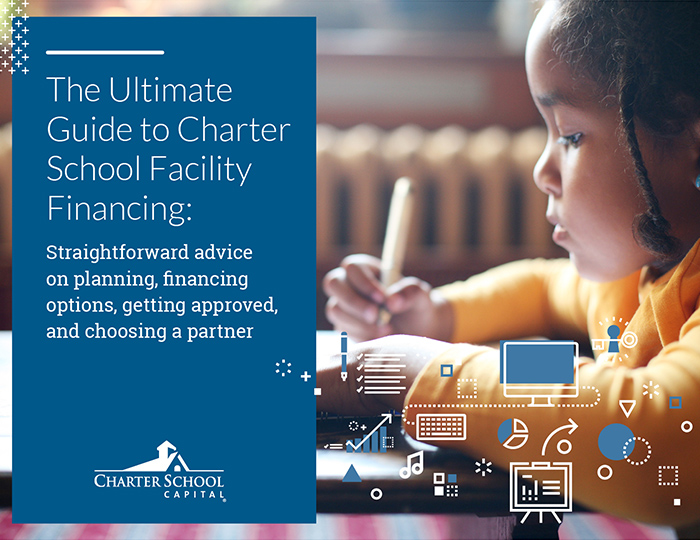 Charter School Facilities Funding: It’s Time to Fill the Gap
Charter School Facilities Funding: It’s Time to Fill the Gap
Editor’s Note: This content originated here and was posted by the National Alliance for Public Charter Schools. Across the U.S., facilities are, by far, the greatest challenge faced by charter schools and accessing a school building is often the biggest obstacle in expanding charter school options. And, it’s one of the main reasons we have over one million students sitting on charter school waiting lists. Most charter school leaders have to jump over serious hurdles to cobble together the charter school facilities funding to provide their students with an adequate school building. It’s time to fill the gap in public school funding.
Note: The following content is also from The National Alliance for Public Charter Schools on September 18, 2018, and was originally published here.
Here are the five things we think you need to know about charter school facilities:
Charter schools rarely have access to taxpayer-funded facilities, even when they’re vacant.
Taxpayers own public school buildings and they should be available to all public school students, but that’s not the reality. Unlike district schools, charter schools don’t have an inventory of buildings to choose from. And in many places – like Detroit, Indianapolis, and Minneapolis – districts refuse to allow charter schools to lease or purchase buildings even when they’re vacant. As a result, you can find charter schools operating in shopping malls, office buildings, repurposed factories, or co-located with other schools.
Charter schools on average spend about 10% of per-pupil funding on facility space.
While some charter schools access federal or state programs these initiatives have limited funding and reach. They don’t work for all charter schools. Moreover, many of these programs simply reduce the cost of borrowing money – schools still need to cover the debt which shifts much needed funds from the classroom and to the building.
Charter school facilities often lack amenities like gymnasiums, libraries, or science labs.
Specialized instructional spaces, such as science labs, libraries, and computer labs, are an important part of a comprehensive educational program, but about 40 percent of charter schools do not have the right amenities or specialized classrooms to best implement their educational model.
Access to school buildings is one of the biggest obstacles to expanding charter school options.
Charter school leaders report that lack of access to adequate facilities is one of their primary concerns and one of the biggest barriers to growth. In fact, nearly one in five charter schools had to delay their opening date by a year or more due to facilities related issues. Even celebrities can’t avoid the facilities challenge.
5 million parents want to send their child to a charter school, but don’t have the option.
Based on parent demand, estimates suggest that the potential number of charter school students is 8.5 million – almost three times larger than today’s actual enrollment. Thirty percent of parents surveyed would be interested in sending their child to a charter school, with 10 percent saying that a charter school would be their top choice. Of interested parents with charter schools in their community, over half cited access problems – such as the school is too far away or has a wait list – as the reason their children do not attend a charter school.
Learn more about the facilities challenge many charter schools face and help ensure charter schools can open their doors to students!

The Ultimate Guide to Charter School Facility Financing:
Thinking about a new facility for your charter school or enhancing your current one? This guide shares straightforward and actionable advice on facilities planning, financing options, getting approved, choosing a partner, and much more! Download it here.
